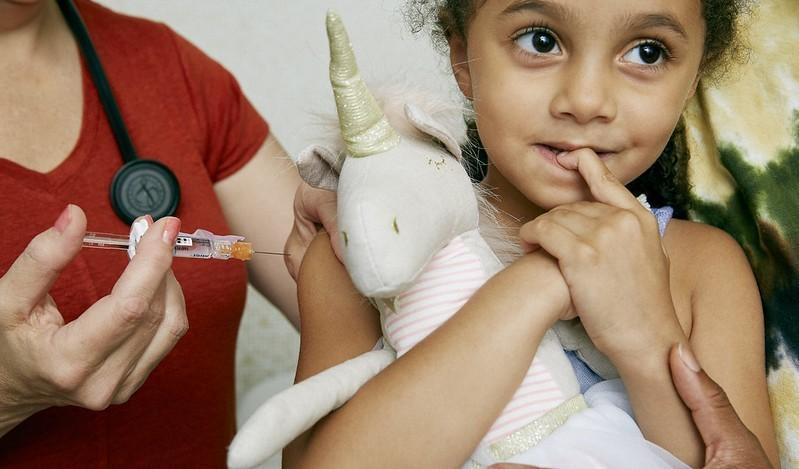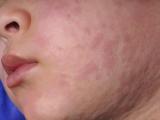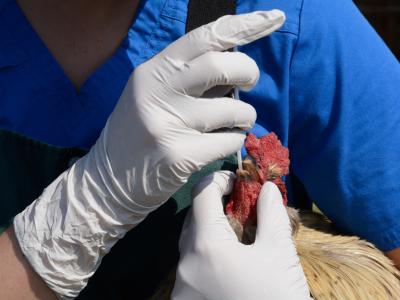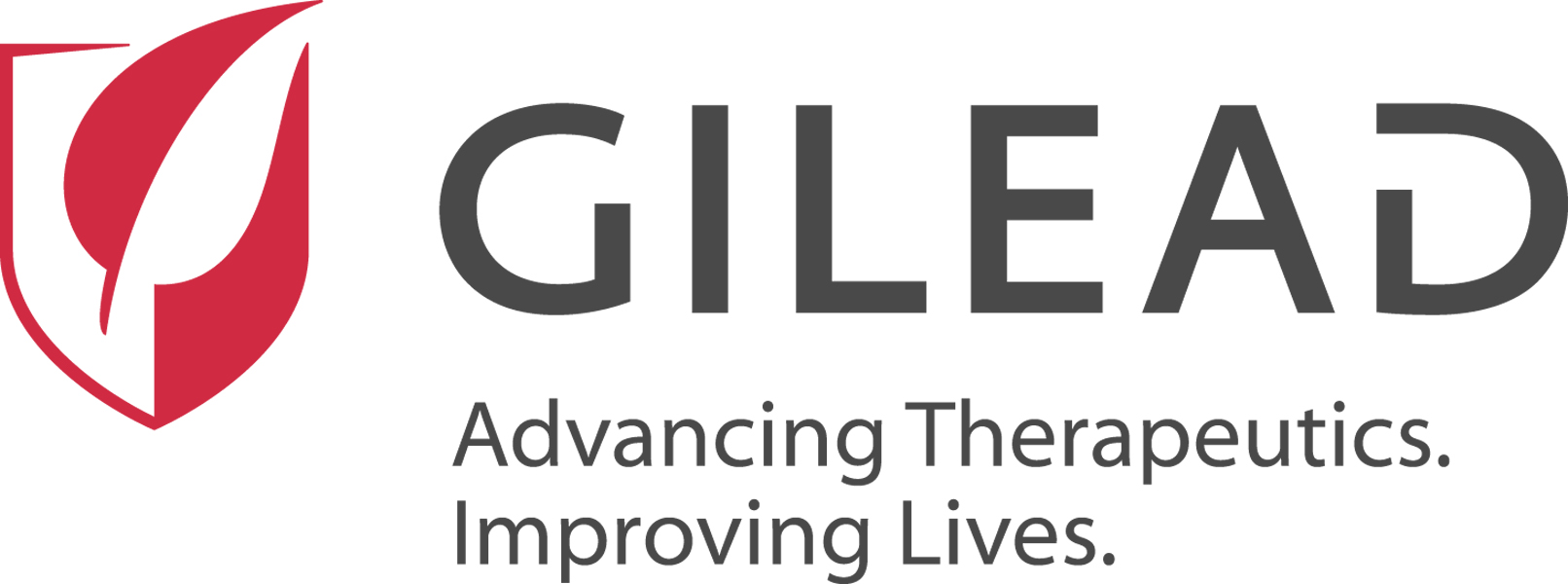An examination of county- and school-level uptake of the measles, mumps, and rubella (MMR) vaccine in Texas reveals broad disparities at the school level that helped fuel its recently concluded measles outbreak.
For example, while overall coverage was 82% in Gaines County, the epicenter of the outbreak, school-based rates were as low as 46%.
The findings, from a Yale School of Public Health–led research team, were published today in the Annals of Internal Medicine.
13 Texas counties had vaccination rates under 85%
The study authors mapped Texas kindergarten MMR uptake at the county and school-district levels and plotted private-school location using school-specific uptake from the Texas Annual Report of Immunization Status of Students. They then compared county-level vaccine coverage with individual school uptake in each county.
Maintaining measles elimination requires a minimum 95% vaccination coverage, a benchmark the United States overall and many states fail to meet.
Low MMR vaccine coverage fueled the West Texas outbreak, which sickened 762 people, led to the hospitalization of 99, and killed 2 school-aged children. In total, 93% of them were unvaccinated. Cases in Oklahoma and Kansas were likely related to the outbreak.
Although the outbreak, which began in January, was declared over on August 18, authorities said there will likely be more measles cases in Texas this year because outbreaks continue in other areas of the country and the world.
"Maintaining measles elimination requires a minimum 95% vaccination coverage, a benchmark the United States overall and many states fail to meet," the study authors wrote. While during the 2023-24 school year, national coverage with two doses of the MMR vaccine was 92.7% among kindergarteners and 94.3% in Texas, 13 counties in that state reported rates below 85%.
'Alarmingly low vaccination coverage'
In Gaines County, where overall MMR vaccine uptake was 82%, school-based rates ranged from 46.2% to 94.3%. Similarly, while Terry County had over 95.5% coverage, uptake at schools was 46.2% to 97.1%.
"Mapping reveals that school districts and private schools with alarmingly low vaccination coverage are often located within counties where the overall coverage meets or approaches the 95% target," the researchers wrote.
They also noted that even a single case of measles at a school with 85% MMR coverage is likely to trigger an outbreak. "Schools play a pivotal role in driving outbreaks, serving as prime environments for infectious diseases like measles due to the proximity and social interaction among school-aged children," the authors wrote.
"Furthermore, school communities often have strong peer networks and social clustering," they added. "These peer networks can amplify the spread of beliefs such as vaccine skepticism and create localized pockets of low coverage, even within otherwise well-vaccinated areas."
Many states don't publish local data
Unlike Texas, which publishes local vaccine uptake data, many states don't. To better identify vulnerable communities and combat vaccine hesitancy, the researchers called for the collection and sharing of more granular data than the state-level data provided by the Centers for Disease Control and Prevention (CDC).
With attention to school-level coverage instead of state-level coverage as the barometer for risk, we can avoid overlooking critical clusters of unvaccinated children, whose existence is demonstrated by our analysis.
Public health measures such as countering vaccine misinformation and ensuring vaccine accessibility and counseling through in-school programs can help raise MMR vaccination rates, the authors said.
"With attention to school-level coverage instead of state-level coverage as the barometer for risk, we can avoid overlooking critical clusters of unvaccinated children, whose existence is demonstrated by our analysis," they wrote.
Unfortunately, Texas has made it easier for parents who want to opt their children out of state-required vaccinations, the Texas Tribune reports. Rather than waiting weeks for a requested vaccine-exemption form to arrive in the mail, they now can simply download the form and have it notarized before submitting it to their child's school.
















